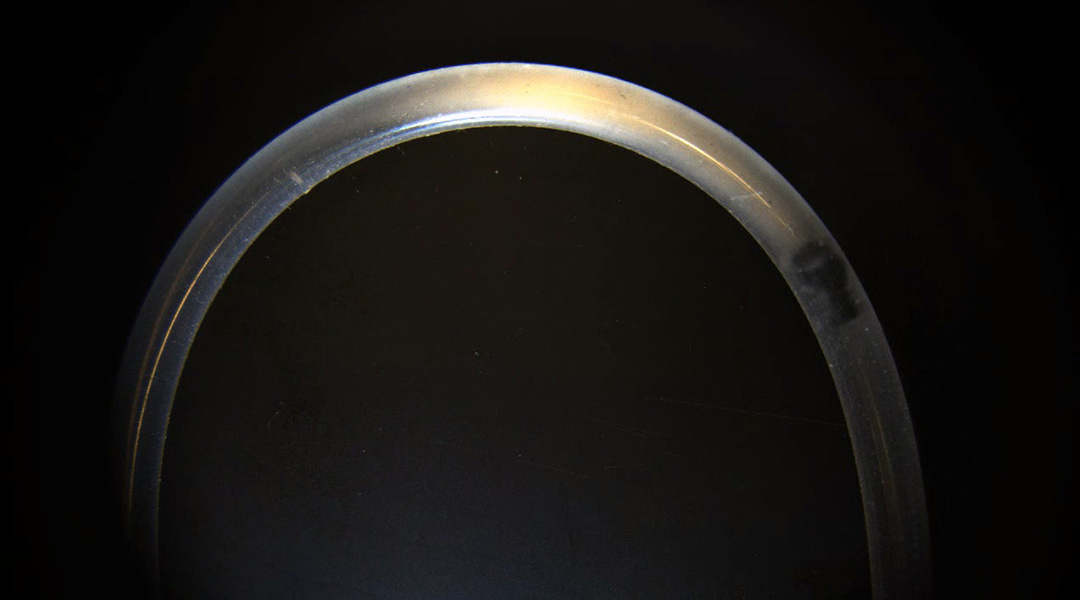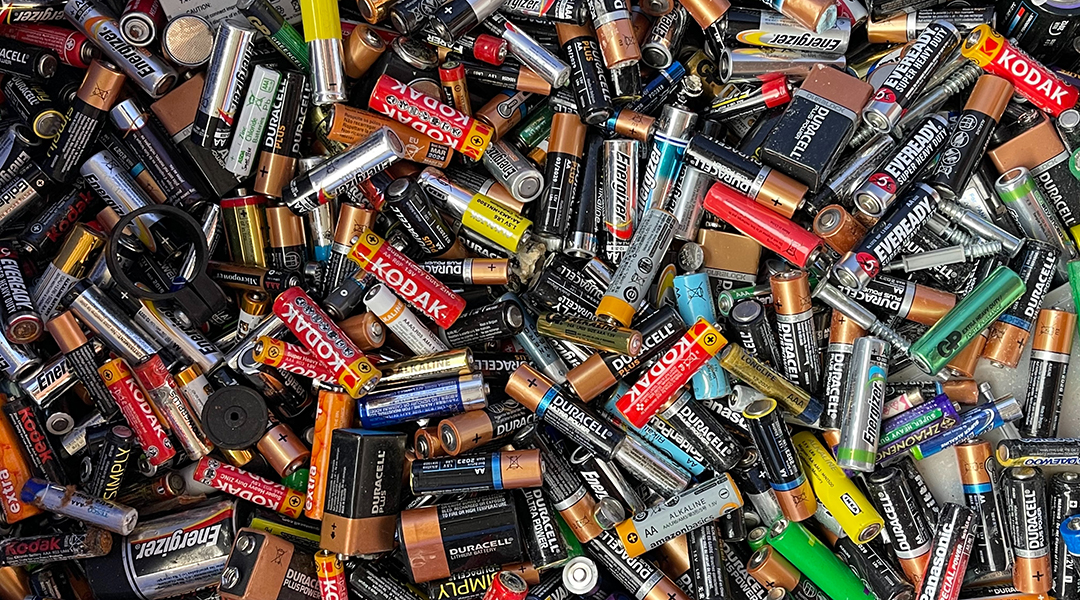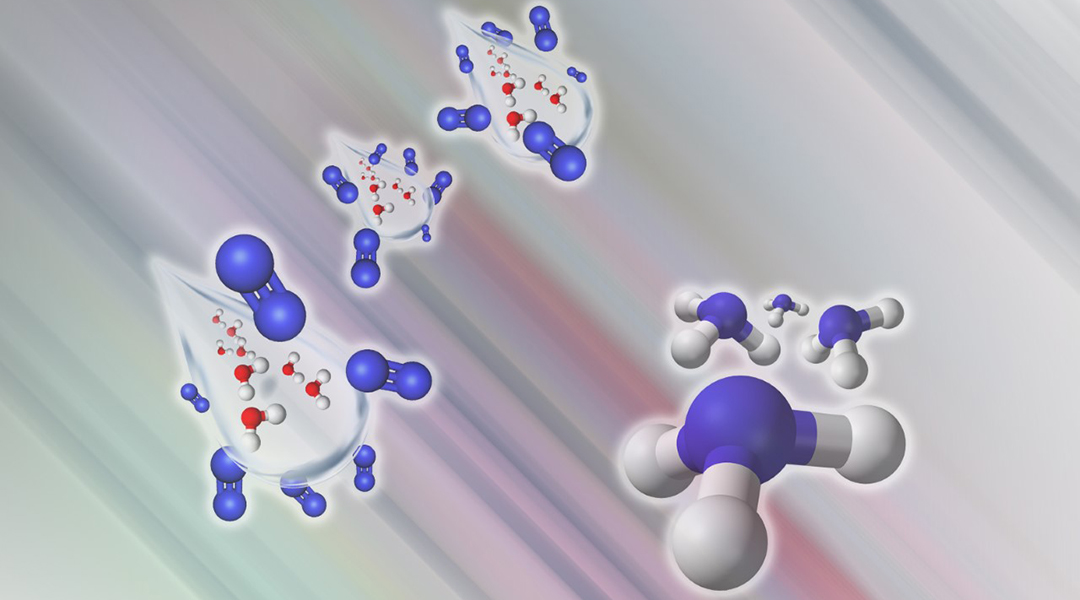Two well-known, abundant, and low-cost materials are finding new life in grid-scale energy storage and sustainable water splitting technologies.


Two well-known, abundant, and low-cost materials are finding new life in grid-scale energy storage and sustainable water splitting technologies.

Vital to the fusion process and used in a wealth of technological applications, new research shows quantum tunneling is still delivering surprises.

Magnetic hydrogel micromachines break up biofilms and release antibiotics, combating biofilm infections associated with medical devices.

To curb the rising threat of fungal infections, researchers crafted iron oxide nanoparticles as speedy, effective, and inexpensive antifungal agents.

An innovative photoreactor concept achieves commercially viable performance indicators for a broad variety of solar-driven reactions.

A tough gel electrolyte protects lithium metal anodes for safer and more efficient rechargeable batteries.

To minimize inflammation in IBD, scientists have developed a synthetic enzyme that targets multiple problematic pathways.

The most compact nuclear fusion reactor built to date could provide a more affordable and sustainable means of future fusion energy.

A one-step synthesis of ammonia without thermal, electrical, or solar input could help replace energy-intensive Haber Bosch.

The observations of the death-row star and an unfortunate planet give us an advanced preview of Earth’s final fate.